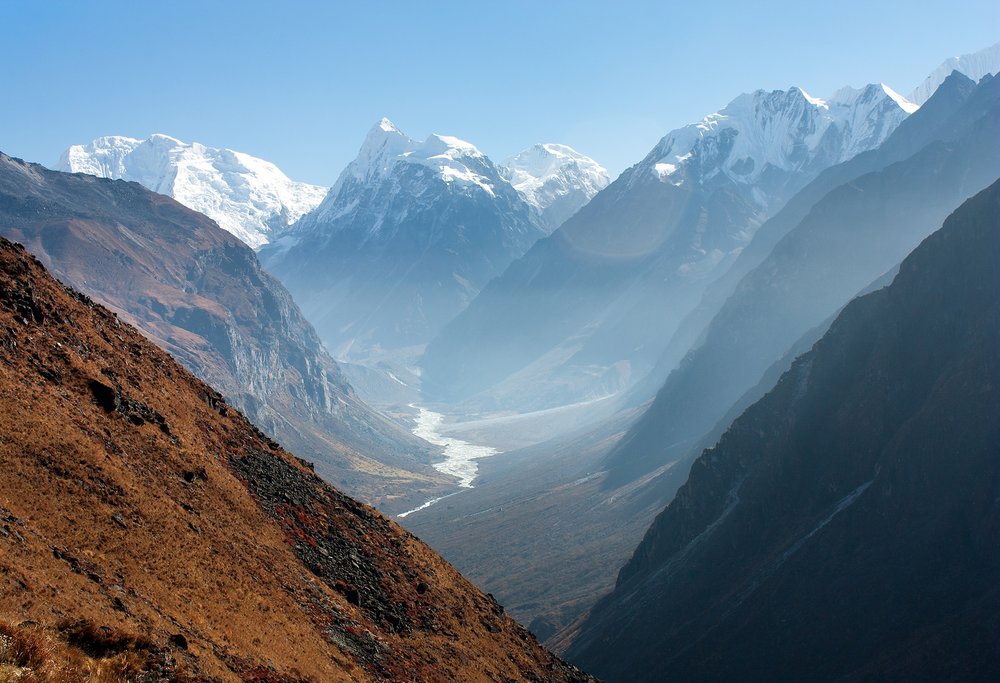If you’re planning to trek in the Langtang Valley, there are a few things you’ll need to consider. First, you’ll need to be dressed appropriately for the various seasons. Summer clothes will work well in the lower parts of the valley, while thin sweaters will be necessary at higher altitudes.
Gosainkunda lake
Trekking to Gosainkunda Lake is a wonderful adventure that is a part of the Langtang Valley Trek. The trek begins in Kyanjing Gompa in the Langtang valley, approximately 35 km north of Kathmandu. This region is home to several Buddhist and Hindu pilgrimages and is considered a sacred pilgrimage site. In the summer, pilgrims converge in the area, and many Hindus and Buddhists flock to this sacred mountain lake to cleanse their souls and cleanse their minds.
The Langtang Gosainkunda Lake Trek is one of the most scenic trekking trails in the Langtang region of Nepal. It takes trekkers through a mountain valley with several glacial high altitude lakes, including the azure Gosainkunda lake. The trek also takes trekkers through a lush forest of rhododendron. The scenery is stunning, and the trek is perfect for culture lovers and nature enthusiasts alike.
If you plan to hike to Gosainkunda lake, spring is a great time to trek. The temperatures begin to rise in mid-March, making the trek even more beautiful. The mountains will appear spectacular against clear skies. In November and December, temperatures will dip to a few degrees celcius at night, making this a challenging time to trek in this region. After that, the monsoon season begins and ends in mid-August.
Easy to moderate trek
If you’re looking for an easy to moderate trek in Nepal, consider the Langtang Valley Trek. It’s an easy trek that is often less crowded than other popular treks in Nepal. The route can be completed in as little as seven days, but the entire trek typically takes ten to twelve days. The trek’s stunning scenery includes the breathtaking views of the Langtang Lirung range, which reaches 23,773 feet.
The best time of year to go on the trek is spring or autumn. Monsoon season and winter months can be very cold and dangerous, so it is recommended to avoid this time. However, spring and autumn are ideal seasons to go on this trek, because they are dry and offer the best views of biodiversity.
There are several trekking routes in the Langtang National Park. The Langtang Trek is one of the easiest and lowest altitude treks in the park. Those who are looking for a more challenging trek can extend their journey by doing the Langtang Gosainkunda Trek, a circuit trek that will also take you up to the summit. Other accessible treks are the Tamang Heritage Trail and the Helambu trek. After the 2015 earthquake, the Langtang region was severely damaged, but is now up to standards that allow visitors to enjoy this scenic trek.
TIMS card required
TIMS card is an essential document to carry while trekking in Nepal. This card will be required to gain access to various parks and national parks, as well as to trek into Langtang National Park. There are a number of different trekking routes available in the Langtang region. It is essential to obtain a TIMS card before you set out on your journey.
The TIMS card is required for those trekking in the Annapurna, Langtang, Manaslu, and Everest region. However, there are several treks where a TIMS card is not required, such as trekking to the Everest Base Camp. Individual trekkers must purchase the green TIMS card, which costs USD 20 per person. Once obtained, the card must be presented at checkpoints to ensure your safety. The card is non-transferable and is valid for only one entry.
The Langtang trek is a moderately difficult trek, and requires average physical fitness. While it can be challenging for some, it is perfectly achievable for people with an average fitness level. In addition to a TIMS card, you must purchase a permit for Langtang National Park. The permits can be purchased at the trailhead or from the Nepal Tourism Board.
Peak season for trekking in Langtang Valley
Autumn and spring are the peak trekking seasons in the Langtang region. During these months, the weather is relatively moderate and pleasant, making trekking easy. This is also the time when many domestic and international trekkers flock to the region. You can also experience the most scenic views of the mountains and lush forests.
In the fall, the dense fog that covers the peaks starts to lift and the views of snow-capped mountains are clear and beautiful. The temperature is mild during autumn, and the daytime temperatures are warm, though nights are chilly. During this time, it is possible to trek up to six days without the need for sleeping bags or a heating system. However, if you want to avoid crowds and pay a lower price, you can try trekking during the summer.
There are two off-seasons that you can visit the Langtang region. While summer and winter are not the best times to trek in the Langtang region, there are other seasons when it is possible to get in a hike. However, the off-season months can make the trek more challenging, as the weather can be unpredictable. You may have to trek in wet weather, so it is important to pack appropriate clothing.
